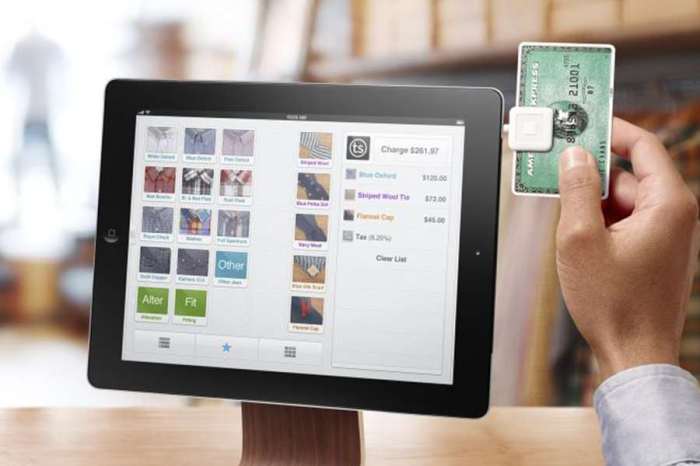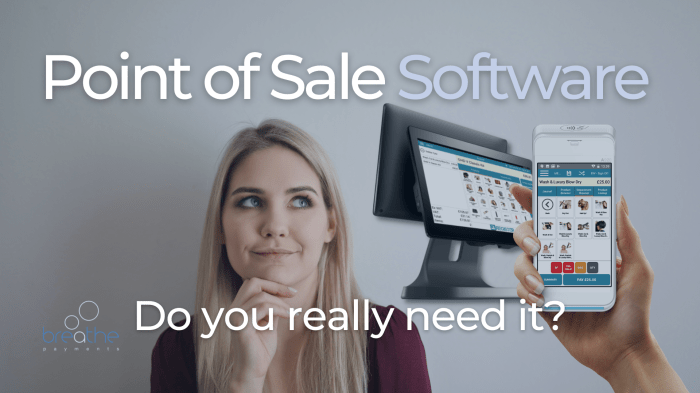In today’s dynamic business landscape, efficient management of customer relationships and point-of-sale transactions is crucial for success. Integrating Point of Sale (POS) and Customer Relationship Management (CRM) software offers a powerful synergy, streamlining operations and boosting profitability. This comprehensive guide delves into the intricacies of POS and CRM software, exploring their individual functionalities, the benefits of integration, and crucial factors to consider when selecting the right solution for your business.
Understanding Point of Sale (POS) Systems
A POS system is the heart of any retail operation, handling transactions from the moment a customer enters the store to the final sale. Modern POS systems go far beyond simple cash registers, offering a suite of features designed to optimize sales processes and provide valuable business insights. Key functionalities include:
Core POS System Features:
- Transaction Processing: Efficiently handling various payment methods (credit cards, debit cards, mobile payments, cash).
- Inventory Management: Tracking stock levels, managing low-stock alerts, and optimizing inventory ordering.
- Sales Reporting: Generating detailed reports on sales performance, best-selling items, and peak sales periods.
- Employee Management: Assigning roles, tracking employee performance, and managing employee access.
- Customer Loyalty Programs: Implementing reward programs to enhance customer retention and engagement.
- Integration Capabilities: Seamlessly integrating with other business systems like accounting software and CRM.
Types of POS Systems:, Pos and crm software
- Cloud-based POS: Accessible from anywhere with an internet connection, offering scalability and flexibility.
- On-premise POS: Installed directly on a computer or server within the business, offering greater control but requiring more IT maintenance.
- Mobile POS (mPOS): Portable systems allowing for checkout anywhere in the store or even off-site, ideal for pop-up shops or events.
Understanding Customer Relationship Management (CRM) Systems
A CRM system is a software solution designed to manage and analyze customer interactions and data throughout the customer lifecycle. Its primary goal is to improve business relationships. This leads to increased customer satisfaction and ultimately, higher profits. Key functionalities include:

Source: com.bd
Core CRM System Features:
- Contact Management: Storing and organizing customer information (contact details, purchase history, communication logs).
- Sales Management: Tracking leads, managing sales pipelines, and forecasting sales revenue.
- Marketing Automation: Automating marketing tasks like email campaigns, social media posts, and personalized messaging.
- Customer Service Management: Managing customer inquiries, resolving issues, and tracking customer satisfaction.
- Reporting and Analytics: Generating reports on customer behavior, sales trends, and marketing campaign effectiveness.
- Integration Capabilities: Seamlessly integrating with other business systems, including POS systems.
Types of CRM Systems:
- Operational CRM: Focuses on automating business processes and improving efficiency.
- Analytical CRM: Focuses on analyzing customer data to gain insights and improve decision-making.
- Collaborative CRM: Focuses on improving communication and collaboration between different departments.
The Power of POS and CRM Integration: Pos And Crm Software
Integrating your POS and CRM systems creates a powerful synergy, offering significant advantages for your business. By connecting these systems, you gain a unified view of your customers and their interactions with your business. This allows for more personalized experiences and improved operational efficiency.
Benefits of POS and CRM Integration:
- Enhanced Customer Profiles: Combine transaction data from the POS with other customer information in the CRM for a complete customer profile.
- Improved Customer Segmentation: Use transaction data to segment customers based on purchasing behavior, enabling targeted marketing campaigns.
- Personalized Marketing: Tailor marketing messages and offers based on individual customer preferences and purchase history.
- Streamlined Operations: Automate data entry and reduce manual data entry errors, saving time and resources.
- Improved Inventory Management: Use sales data from the POS to optimize inventory levels and reduce stockouts.
- Better Customer Service: Provide personalized customer service by accessing complete customer history from the CRM.
- Data-Driven Decision Making: Gain valuable insights into customer behavior and business performance, enabling data-driven decision-making.
Choosing the Right POS and CRM Software
Selecting the appropriate POS and CRM software requires careful consideration of your business needs and budget. Key factors to consider include:

Source: makeanapplike.com
Factors to Consider:
- Business Size and Industry: Choose software that scales with your business growth and meets the specific needs of your industry.
- Budget: Consider the initial cost of the software, as well as ongoing maintenance and support fees.
- Features and Functionality: Select software that offers the features and functionality you need to manage your business effectively.
- Integration Capabilities: Ensure that the software integrates seamlessly with other business systems.
- Scalability: Choose software that can adapt to your business growth and changing needs.
- User-Friendliness: Select software that is easy to use and requires minimal training.
- Customer Support: Choose a provider that offers reliable customer support and technical assistance.
Frequently Asked Questions (FAQ)
- Q: What is the difference between cloud-based and on-premise POS systems?
A: Cloud-based POS systems are hosted on the vendor’s servers and accessible via the internet, offering flexibility and scalability. On-premise systems are installed on your own hardware, offering greater control but requiring more IT maintenance. - Q: How can POS and CRM integration improve customer service?
A: Integration provides a complete customer history, allowing staff to personalize interactions and quickly resolve issues. - Q: What are the key benefits of integrating POS and CRM?
A: Key benefits include enhanced customer profiles, improved segmentation, personalized marketing, streamlined operations, and data-driven decision-making. - Q: How much does POS and CRM software cost?
A: Costs vary greatly depending on the features, scalability, and vendor. Expect a range from affordable monthly subscriptions to substantial upfront investments. - Q: What are some popular POS and CRM software options?
A: Popular options include Shopify POS, Square POS, Lightspeed, Salesforce, HubSpot, and Zoho CRM. Research is key to finding the best fit for your specific business needs.
Conclusion
Integrating POS and CRM software offers a powerful solution for businesses seeking to optimize operations, enhance customer relationships, and drive profitability. By carefully considering your business needs and selecting the right software, you can unlock the full potential of these integrated systems and gain a significant competitive advantage.
References
Call to Action
Ready to transform your business with integrated POS and CRM software? Contact us today for a free consultation and let us help you find the perfect solution for your needs!

Source: co.uk
FAQ Summary
What is the difference between POS and CRM software?
POS (Point of Sale) software manages transactions at the point of sale, tracking sales, inventory, and payments. CRM (Customer Relationship Management) software manages customer interactions, storing and analyzing customer data to improve relationships and marketing efforts.
Can I integrate my existing POS system with a new CRM?
Many POS and CRM systems offer integration capabilities, either through direct connections or third-party apps. The feasibility depends on the specific software used. Check for API compatibility or consult your software vendors.
How much does POS and CRM software cost?
Pricing varies greatly depending on the features, scalability, and vendor. Options range from affordable cloud-based solutions to more expensive enterprise-level systems with extensive customization.
What are the benefits of cloud-based POS and CRM software?
Cloud-based solutions offer accessibility from anywhere with an internet connection, automatic updates, reduced IT infrastructure costs, and often better scalability.
